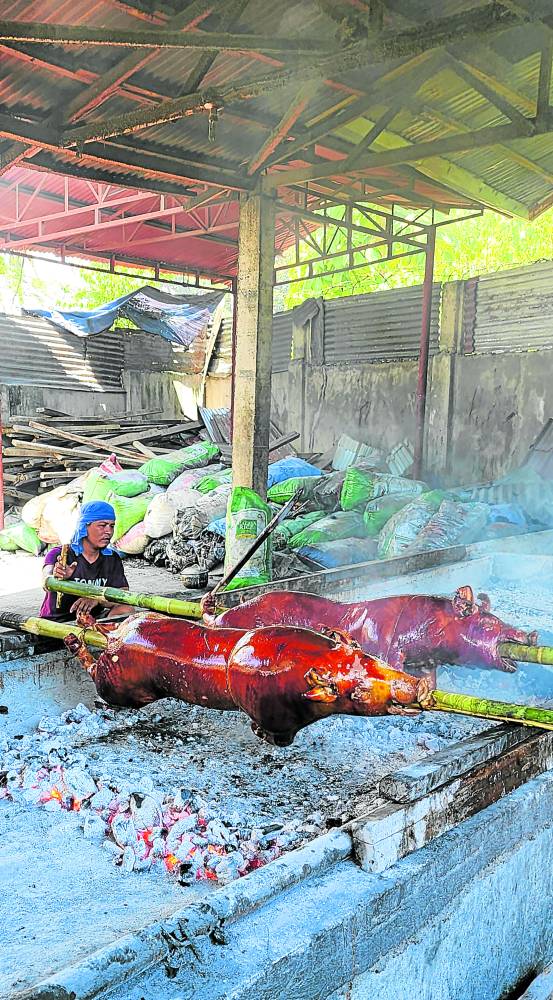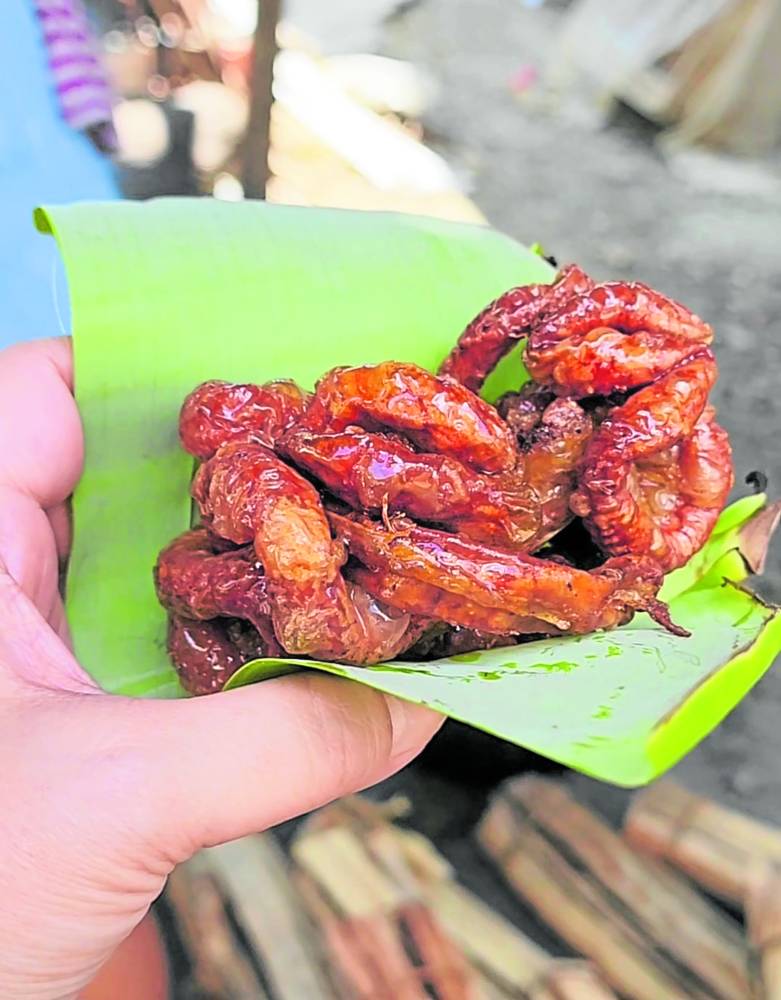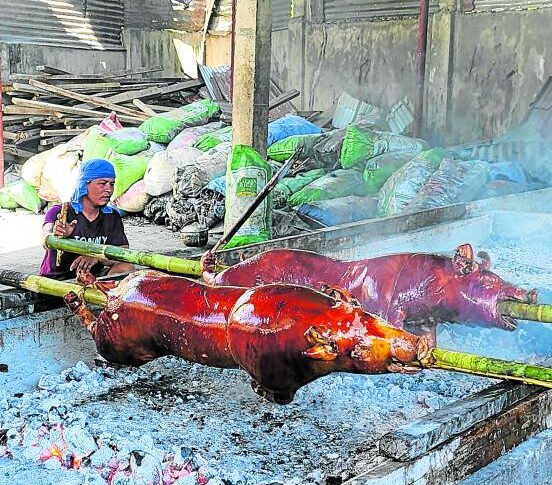
I just got back from Cebu for the final run-through of my culinary tour, “Kitchens of the World Cebu,” with a side trip to Siargao. I was also in Cebu to finalize my participation in one of the most exciting food events of the year, the Cebu Food and Wine Festival, to be held from June 3 to June 17.
I cannot wait to cook with my peers from the Queen City of the South.
Into their heritage recipes, I will infuse my Ilocana roots. At the opening of the event at the Crimson Hotel, I will introduce my Cebu-Cano Lechon, a marrying of the Cebu and Ilocos lechon. Add to that an eight-hand sutukil, the Visayan way of cooking sugba (grilled), tula or tuwa (stew) and kilaw (raw seafood bathed in vinegar). I will be preparing the sutukil alongside chef Richard Cabahug Hao of the University of San Jose–Recoletos Cebu, and the Sheraton Mactan’s Italian executive chef Christian Frigo and Peruvian chef Daniel dela Fuente.
Some of my favorite dishes will also be featured at the Radisson Blu’s Grand Filipino Buffet, with the hotel’s executive chef Nicholas Van Riemsdijk.
Also present at the Cebu Food and Wine Festival will be chefs Sau del Rosario, Chele Gonzalez, Josh Boutwood, Andrew Malarky, Tatung Sarthou and many more. It will be a gathering of the country’s top culinary stars who will be presenting their signature, Tatak Pinoy dishes, designed exclusively for the festival.
Ideal pig
There are many reasons we love Cebu, but their lechon is what makes it endearing to most of us.
To best cook my Cebu-Cano lechon and to discuss the final details of my culinary tour where we will unravel the secrets to Cebu’s lechon, I visited Carcar and Talisay, where the best lechon are found.

I think both have their own distinct charm. Delicious is, after all, relative. But it is a fact that Cebu lechon is perhaps one of the best slow-roasted pigs in the world.
I had the privilege of meeting, and spending the day with, Cebu’s renowned culinary historian Louella Alix, author of the book “Hikay: The Culinary Heritage of Cebu.” It was she who educated me on how the iconic roasted pig is made their way.
The preparation of the lechon is sacred. How it is slaughtered and cleaned greatly affects the lechon’s aroma and taste.
Extra care is given to the cleaning of the stomach cavity and the skin. Innards are gently removed, mindful not to puncture the bile. Attention is also given to the bladder when removed. The skin is shaved with fine blades. All these are done to ensure that the meat isn’t contaminated by anything that can affect its taste.
Only after a thorough cleaning process does the cavity get stuffed with herbs and spices.
My dear friend, culinary instructor and chef Richard Hao, listed garlic, sibuyas Bisaya, Bermuda onions, bay leaves, lemongrass, rock salt and soy sauce (to bathe the pig’s whole body) as the main ingredients.
According to a Talisay lechonero, the ideal pig is between 30 to 60 kilograms live weight. More than that, and the taste of the seasoning won’t be as delicious.
Chef Hao was quick to say, “We don’t do lechon de leche here.”
Ingredients
The charcoal used for spit-roasting the lechon is from the wood of the caimito tree since it burns well, is cheap, and does not burn out easily. It is also fragrant.
The ingredients are carefully measured according to the weight of the pig, to achieve consistency in flavor.
In Talisay, the ingredients may include onions, garlic, sibuyas dahonan Bisaya, sangke (star anise), salt, MSG, Sprite to drench the pig’s cavity. Add to that bird’s eye chilies for spice.
In Carcar, pasyote is used in their stuffing. Pasyote is a pungent South American herb with citrus notes and hints of oregano.
It is interesting to note that the drippings from the Carcar lechon are plenty. This is due to the cooking method, that is, adding aromatic liquid before the lechon belly is sewn up prior to roasting. The juices are saved and poured over the lechon before serving.
The Talisay lechon has a strong, bold, aromatic flavor, while that of Carcar is milder, more pristine on the palate, with citrus notes.
Chef Hao pointed out that the dipping sauce for Cebu lechon starts with vinegar and other spices such as chilies, garlic, etc., but never with liver sauce. It starts with good quality native vinegar and ends with vinegar.
If you ask which is more delicious, I say, it depends on what my palate fancies at the moment.
Join me for “Kitchens of the World Cebu” with a side trip to Siargao, and learn how to cook Cebu lechon. Call Fritzie dela Cruz at tel. 0917-5629370. Follow the author @iamreggieaspiras on Instagram and Facebook; reggieaspiras.com.









































